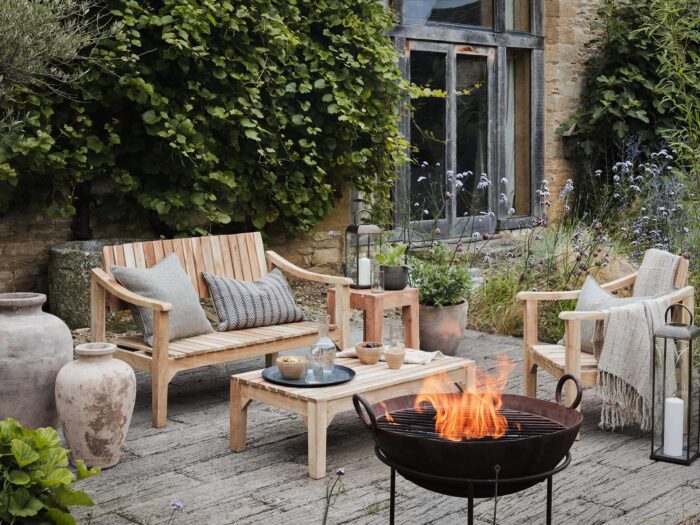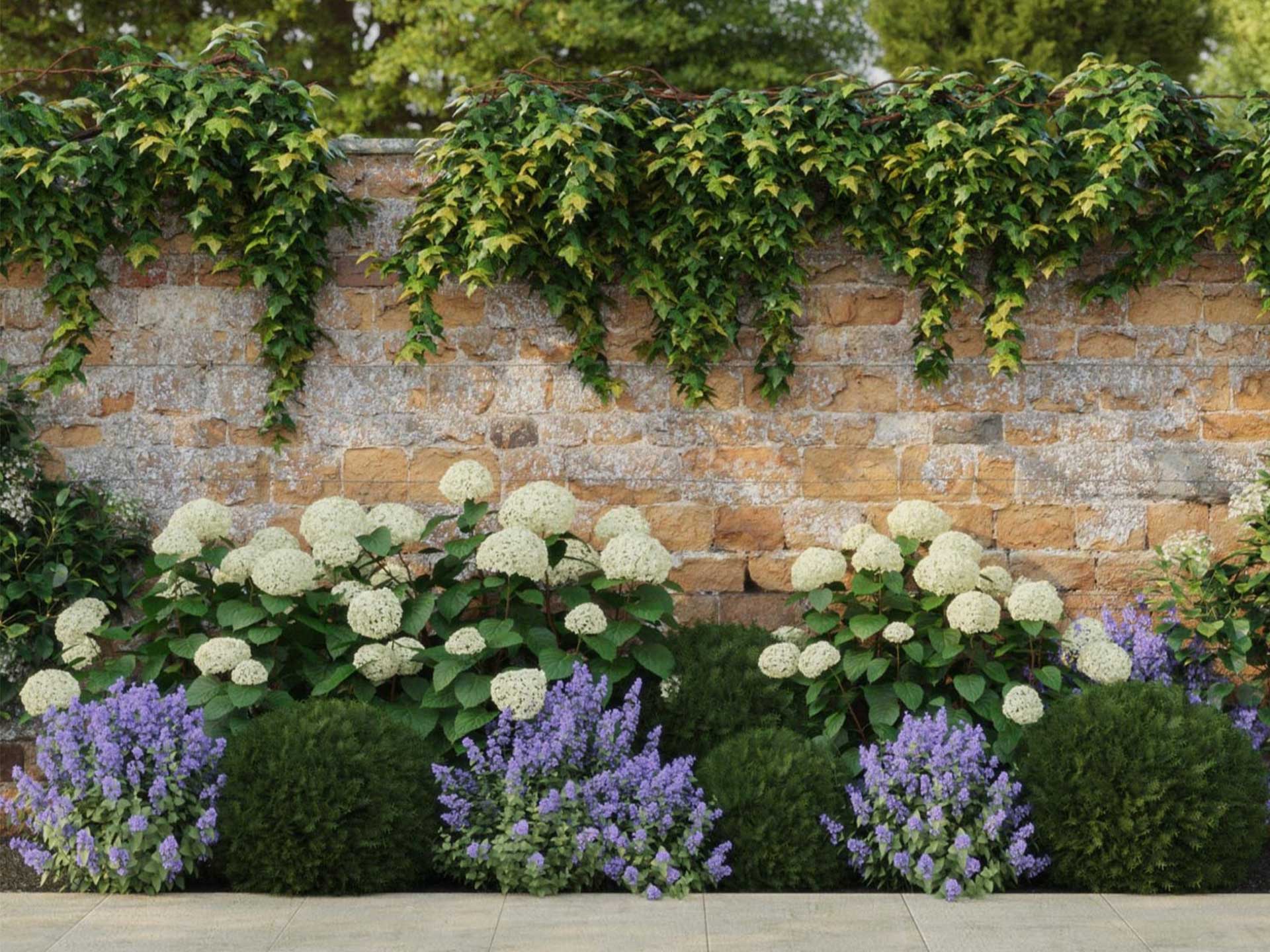
Image credit: Soto Gardens
How to prep your garden for spring planting
As the daffodils and snowdrops bloom, and welcome signs of spring appear, it’s time to turn your mind to the great outdoors and discover how to prep your garden for spring planting. Whether you’ve got a sprawling countryside plot or small patch of green, there’s plenty to get prepared, ready to plant your spring bulbs. For city balconies, take some of the principles outlined below and grow everything in pots.
From weeding to pruning to creating a haven for wildlife, this to-do list for spring planting will keep you on track to get your space ready for growing. Not to mention become a welcoming place to watch your blooms flourish.
Get pruning
If this is the first time you’re thinking about your garden since autumn, then a good place to start is with your pruning. Before you start, gather together your tools. You’ll need some sharp secateurs (Annabel James, pictured, do a good range of different types), a pruning saw for larger branches, gardening wire or string to tie back branches and a green bin to hand for garden waste. Maintenance pruning is a vital part of gardening, and cutting off any dead branches and stems will stimulate healthy new growth by increasing light and airflow to the plant.
Then there’s hard pruning, or rejuvenation pruning, where you’ll remove large branches to bring any overgrown plants back to life. There’s also formative pruning to consider, where you train plants to a certain form early in their growing (for example, roses). Knowing when to prune is important as you don’t want to prune when a plant is actively growing. Follow Pruning Garden’s comprehensive guide to which shrubs, plants and trees to prune in spring.
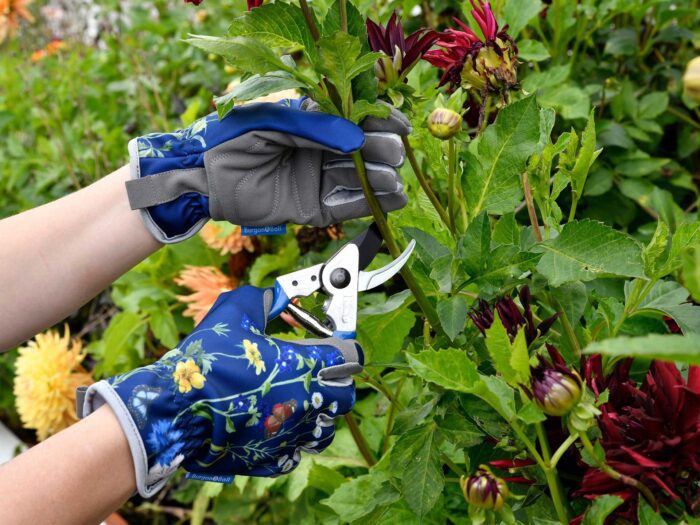
Weed any dead plants out
While weeding is a year-round job, spring is the perfect time for a thorough tidy up, as it’s when new shoots are emerging. The most important thing is to remove the weed right from the root, so it doesn’t grow back. Pulling out weeds by hand is labour intensive, but there are a range of tools on the market to make your life easier. The Magnusson weed puller from B&Q has a long handle to save your back, or the Fiskars 4 claw weed puller removes dandelions from the root.
You can use weed killers, although many of them have harsh chemicals. RHS recommends: “If chemical controls are used, they should be used only in a minimal and highly targeted manner. For example, where pests, diseases or weeds pose a serious threat to the wider environment, to important heritage specimens, to habitat or to native wildlife.” Follow their guide for which weedkillers to use where.
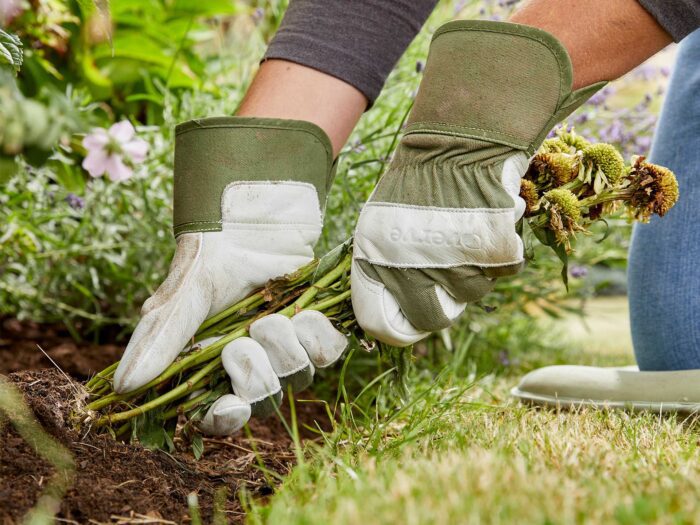
Prep your soil for spring planting
Once you’ve pruned and weeded, prepping your soil for spring planting is the next key step. First, loosen the soil with a rake. The harsh winter months and low temperatures mean soil gets compacted, and loosening it helps air circulate, stops waterlogging and gives the roots a chance to grow. When prepping, dig down and prep your soil to around 10 inches.
Once the soil is fully dug over, add organic matter like compost or well-rotted manure. Adding organic matter to the soil will improve its structure and enrich it. Spring (March and April) are the best times to improve your soil before the summer growing season starts. As a rough guide, RHS recommends applying 5 -10kg (10-20lbs) of organic matter per square metre to the soil.
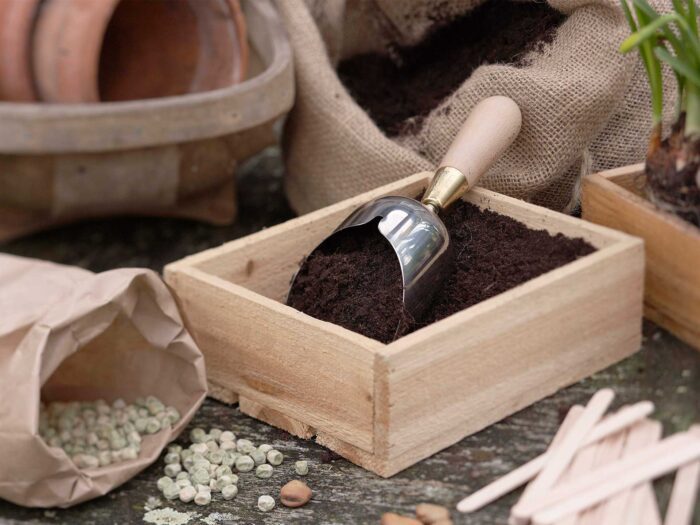
Make a plan
As rewarding as gardening is, it’s also a lot of work, so keeping a journal for your spring planting and beyond can be really handy. Having a calendar to track what you want to plant when, and when you pruned and last fertilised the soil can be really helpful.
A journal can act as a great reminder of which month you need to plant what and is also a great space to document what worked and what didn’t. Look at what blossoms and what doesn’t. Could it need more light? A different type of soil? All your notes will help to hone a perfectly, curated garden.
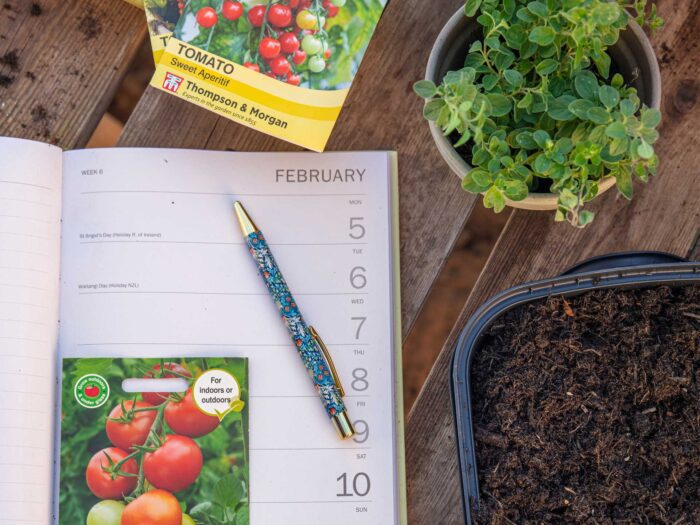
Re-seed your lawn
Spring and autumn are the best times of the year to re-seed your lawn, so if yours is looking a bit patchy, now is a good time to sort it. Start by getting rid of any weeds, like clover, dandelions and daisies. Again, make sure you’ve removed them right from the root. Evenly spread soil-based compost over the bare patches of earth and sprinkle on your lawn seed. Simple Lawn Care’s grass seed calculator suggests 35g of seed per square metre for a new lawn, or 25g of seed per square metre for overseeding an existing lawn.
You’ll need to cover the area you’ve re-seeded with a grass seed protection net (you can get these from B&Q). Make sure the net is raised from the ground. Alternatively, you can use garden fleece to protect the seeds. Keep the seeds regularly watered.
There’s also been a big movement towards rewilding, so if you’re after a more wild and wonderful garden, leave your lawn to grow and attract more wildlife. How to Rewild has some great tips on rewilding your lawn. Like scattering yellow rattle seed on a scarified lawn, which restricts grass growth and allows for wildflowers to grow more freely.
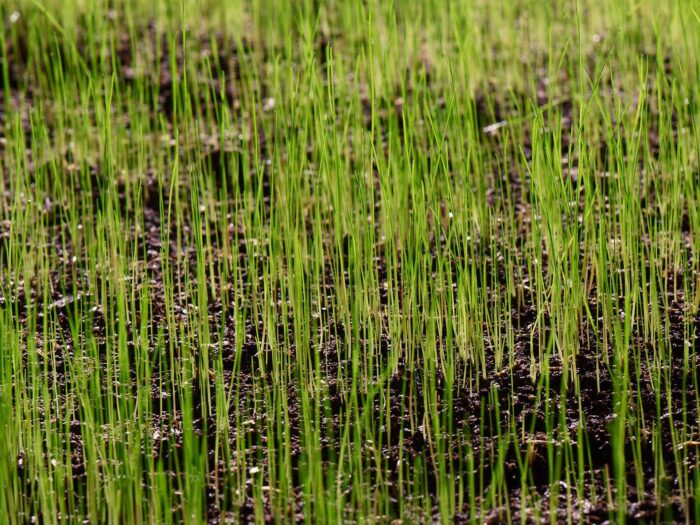
Tidy up your borders
Borders are a wonderful way of adding colour and variety to your garden. You can plan them anytime, but planting is best done in spring or autumn. If you don’t know what type of soil you have in the garden (more acidic or more alkaline) then you can buy a soil PH testing kit to work it out and plan the type of plants that will work best. Think about how to position your plants and how much light they’ll get and which type of border you want. Do you want a woodland style border? A country cottage border? Or a Mediterranean border? Perennials like hostas, geraniums, hydrangeas and creeping phlox all work well in borders.
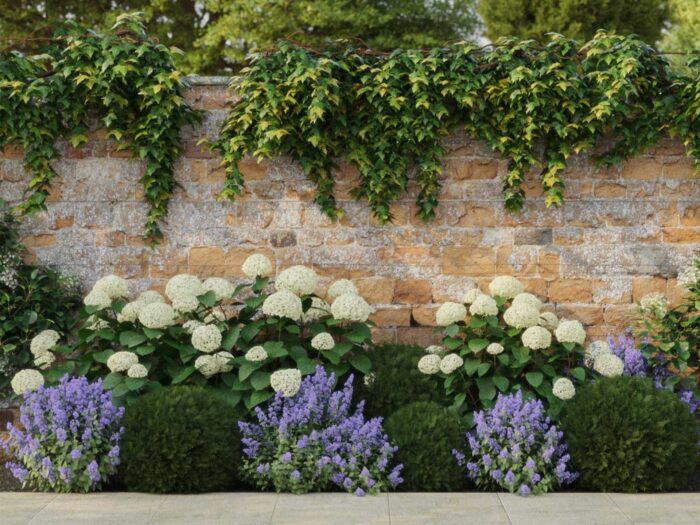
Plant your spring bulbs
If you missed the autumn planting window, you can still plant spring bulbs that will flower in summer for a colourful garden this year. Lilies, gladioli, anemone and begonia are all examples of bulbs that can be planted in late-spring to flower in summer, and dahlias, which are often grown from tubers, can be planted in May.
Wait until the temperatures have hit at least 13 degrees Celsius before planting. Plant them in well-drained soils and make sure that there’s no chance the soil could get waterlogged. As a general rule, bulbs should be planted at least three times their depth in well-fertilised soil and kept well-watered.
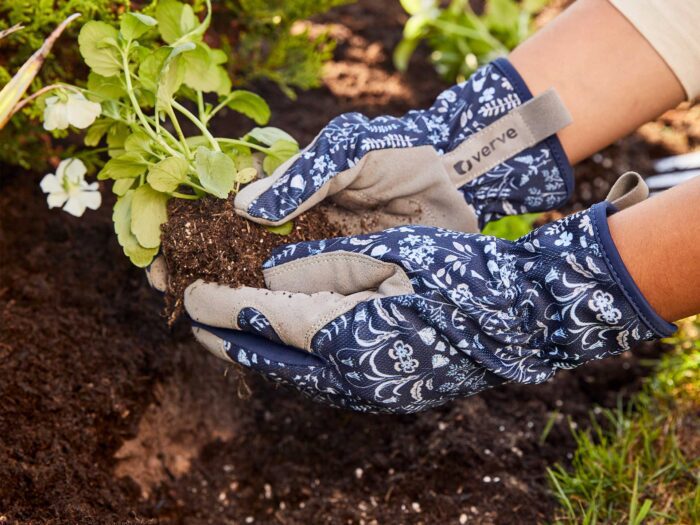
Create a haven for wildlife
Develop an ecosystem in your garden and help the success of your spring planting by creating a haven for wildlife. Britain’s biodiversity is in rapid decline and we need to do all we can to create gardens that are nature-friendly, and increase butterflies and bees.
Rewilding and not using pesticides are a good place to start, as is letting your lawn grow and supporting wildflowers. You can add insect hotels (pictured below) and bird boxes. Stick to wooden bird boxes however; ceramic or metal bird boxes can be dangerous as they can heat up quickly.
Adding a water source to your garden can make a huge difference. If you don’t have space for a pond, you could add a butterfly puddling station or make a mini-frog pond by digging a washing-up bowl into the ground. Blooms that make for great pollinators include zinnia, lavender, echinacea and euphorbia.
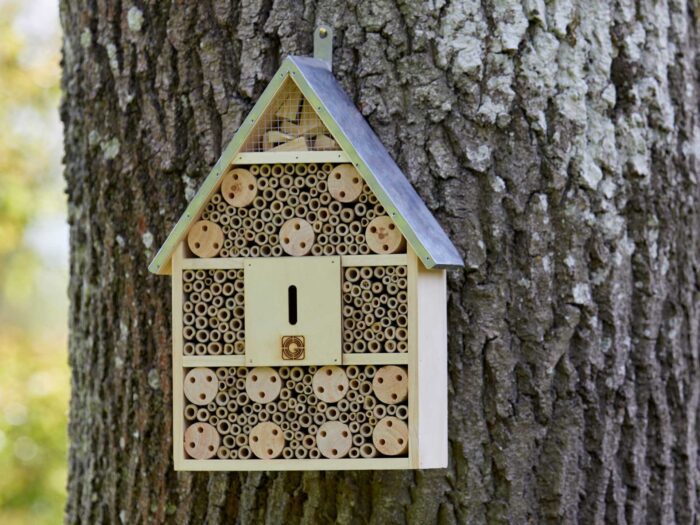
Upgrade your tools
How is your tool station, garden shed or greenhouse looking? Maybe it’s time for an alfresco spring clean? Cuckooland do a great compact pressure treated garden store with a mineral felt roof that will fit all your brooms, spades and rakes and sit neatly on the patio.
Throw out your tatty old gardening gloves and think about investing in a new pair. Former Blue Peter gardener Clare Cooke set up Donkey Gloves and they’re some of the best on the market. They’re made from elasticated breathable fabric and are tough wearing, they only come in bright orange (so they’re hard to lose) and all profits support Clare’s animal sanctuary on Dartmoor.
For the perfect birthday present for a friend planning spring planting, The Cotswold Company has a nifty antique wash tool basket, which comes with a fork, trowel, measuring dibber, string and wooden markers in a natural rattan basket for £29.
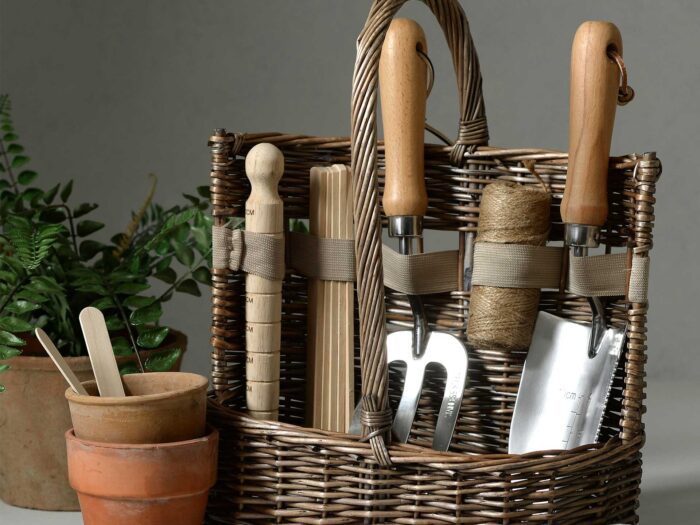
Dust off your garden furniture and enjoy
Once you’ve prepped your borders and planted your spring bulbs, make a cosy, outdoor space to enjoy your handiwork from. As outdoor living and being more connected to nature increases in importance, try and blend your space into the surroundings. Think stripped-back natural wood furniture, fragrant potted plants like jasmine and rosemary, and neutral cushions and throws. Nkuku has a great new range of rustic lanterns, planters and firepits (pictured).
